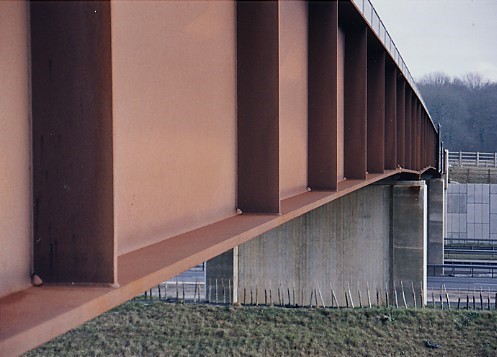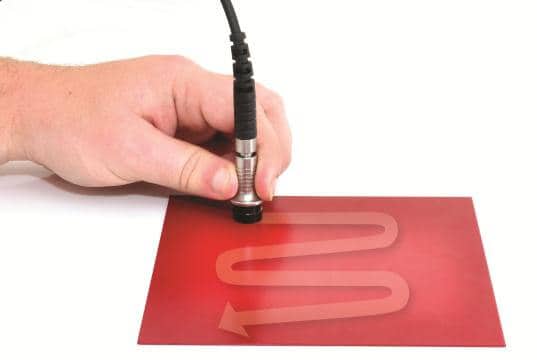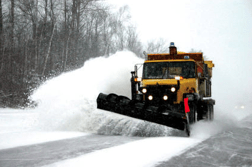Surface Preparation of Steel Prior to Application of Thermal Spray Coatings
Introduction The installation of thermal spray coatings (TSC) or metalized coatings is becoming more common for protection of new and existing structural steel members on locks & dams, bridges, tanks and other industrial structures. While the installation of thermal spray coatings is typically more labor intensive and more costly than traditional liquid-applied coatings systems, the […]
Surface Preparation of Steel Prior to Application of Thermal Spray Coatings Read More »










